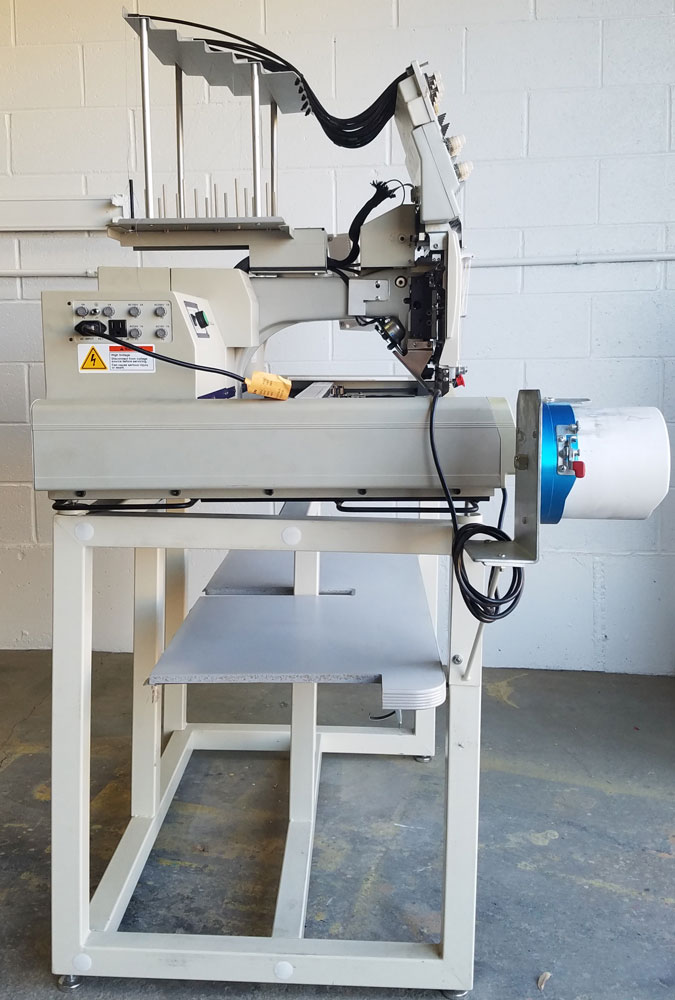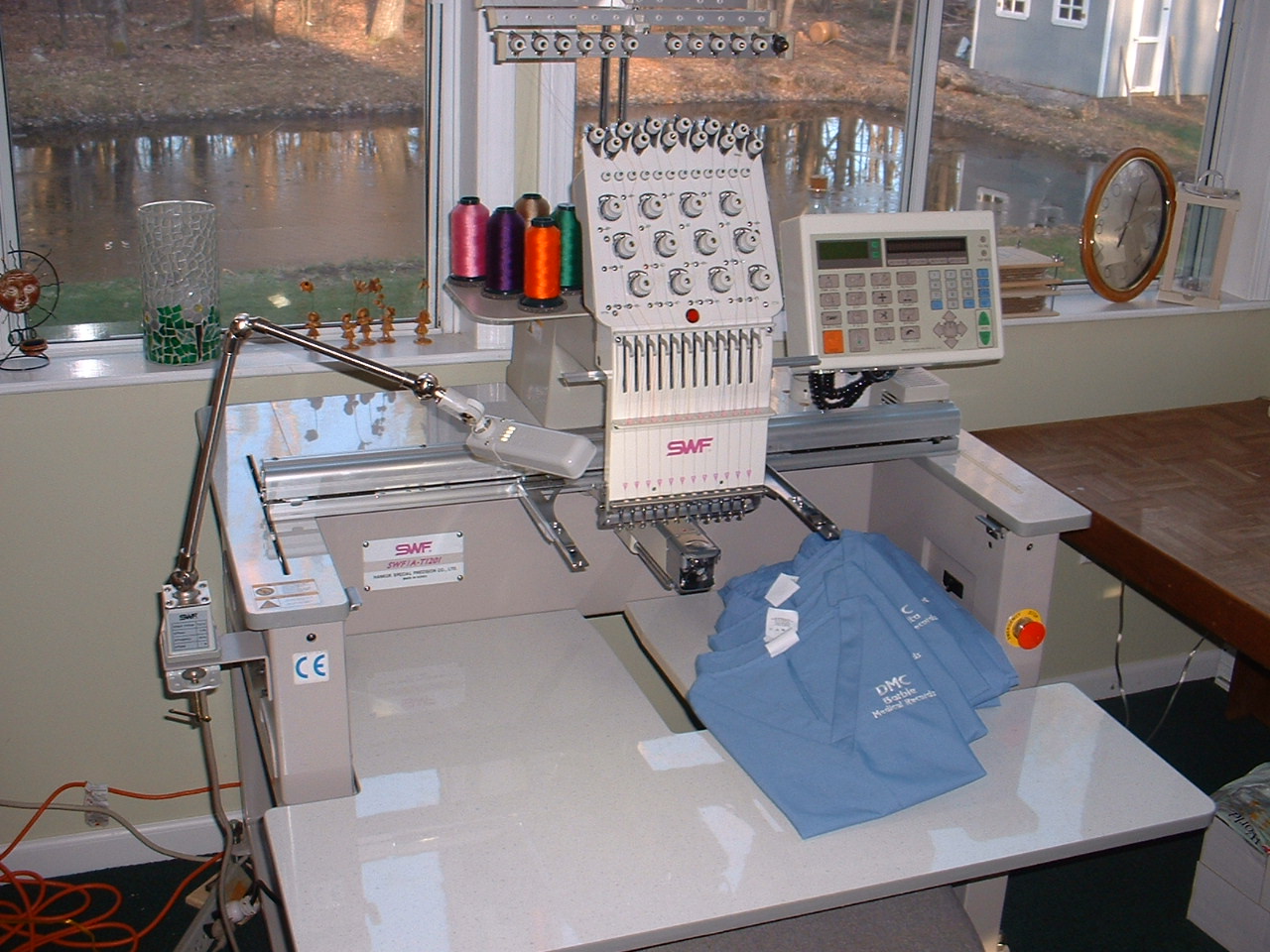

Therefore, we want to adjust the type of needle accordingly. Check if the needle matches the fabricĬertainly, working with a fine needle on a rough fabric and vice versa can be the very essence of the issue we are experiencing. Generally, pulling tightly while sewing may be the reason for the needles breaking, so we need to adjust the grip. Make sure not to pull the fabric too rigidly Similarly, if the needle thread tension is high, this will affect negatively the ability of the needles to work without breaking. As a result, this can cause the needles to break. Tighten the needle clamp screwįor instance, the needle clamp screw might become loose. Ultimately, we simply need to replace the faulty needles. In short, we might be dealing with a needle that is already bent or blunt. Therefore, we need to reinsert it properly. More often than not, we may have just inserted the needle the wrong way. However, we mustn’t underestimate the issue either.

SWF EMBROIDERY MACHINE TROUBLESHOOTING HOW TO
Seemingly, a broken needle is not supposed to cause too many complications when it comes to learning how to diagnose sewing machine problems.
SWF EMBROIDERY MACHINE TROUBLESHOOTING MANUAL
Lastly, we can lubricate the sewing machine after going through the manual thoroughly. Nonetheless, we can try replacing the needle. Secondly, we should watch out for the thread getting bundled up right around the take-up lever. Even more, we have to clean it very carefully. Specifically, we want to inspect if the thread is snatched around the shuttle. Inspect the thread closelyįirst of all, we need to check out if the thread is in the right position. Above all, knowing how to diagnose sewing machine problems is key. Keep in mind that the presence of even the tiniest thread left behind can cause the sewing machine to keep making excessive noises. To illustrate this, we want to clean the area with the help of a needle or a pin. Nevertheless, it’s important to address the race-hook sector as well. For this reason, we need to clean up any possible debris using a suitable lint brush. Indeed, excessive lint tends to accumulate in the bobbin zone and/or under the needle plate. Next, we need to take appropriate actions. Are the stitches still unbalanced? If they are, let's troubleshoot a bit more.For a start, we need to stop using the sewing machine as soon as possible.

Use the hand crank (or follow other instructions) to take the needle downward, where it should catch the bobbin thread and pull it to the top.Place the case and bobbin back into the machine (a bit of thread should stick out). Reinsert the bobbin into the case, checking the user's manual to make sure the thread is flowing in the correct direction. Follow the manual's instructions to rethread the sewing machine (the presser foot should likely be up and so should the needle).How about the thread―is it suitable for the fabrics you are sewing?.Are you using the best needle for the job? If the needle has been used to sew more than a few projects or used for one large project, it's time for a change.Check all pathways that the upper thread must pass through, making sure little bits of thread or fuzz aren't stuck in any of the visible mechanisms.Remove the bobbin (and its case) and clean the bobbin area of the machine as directed in your manual.Unthread the top thread―the thread that goes through the needle.

Grab your sewing machine user's manual.


 0 kommentar(er)
0 kommentar(er)
